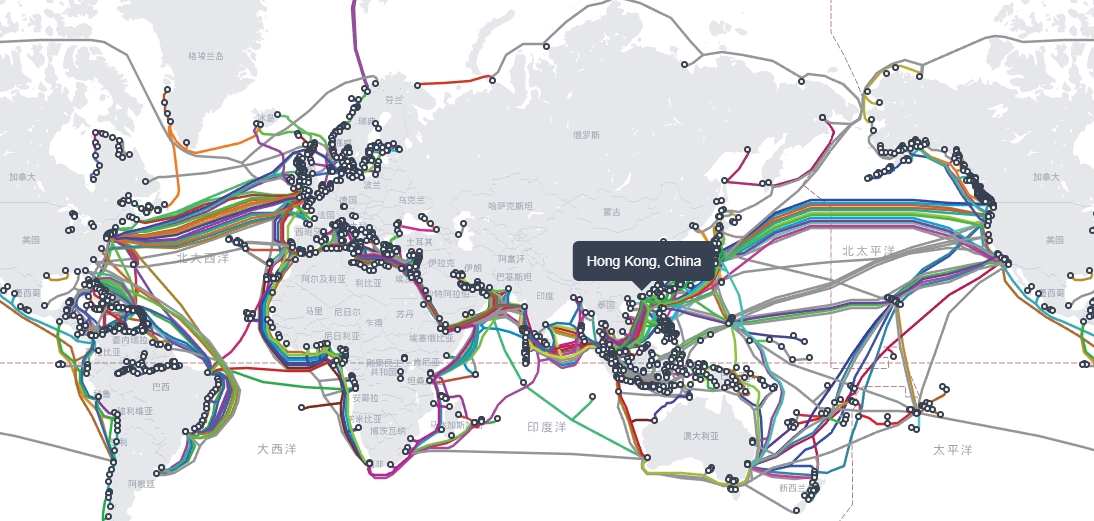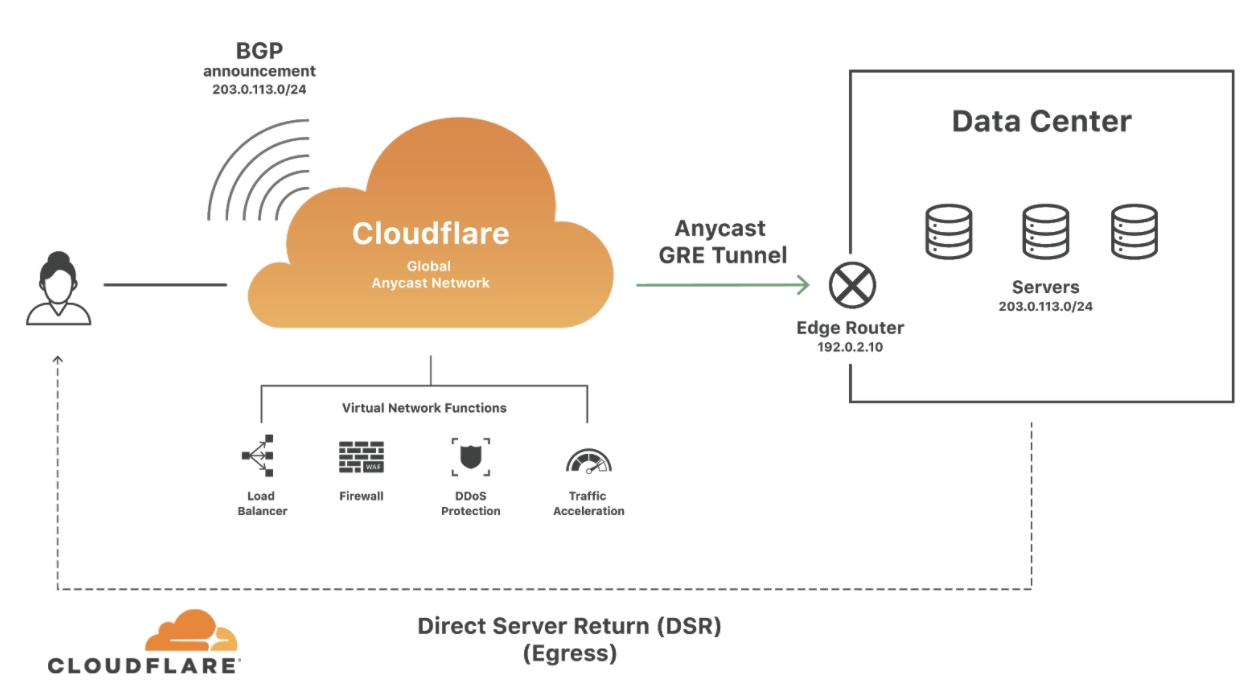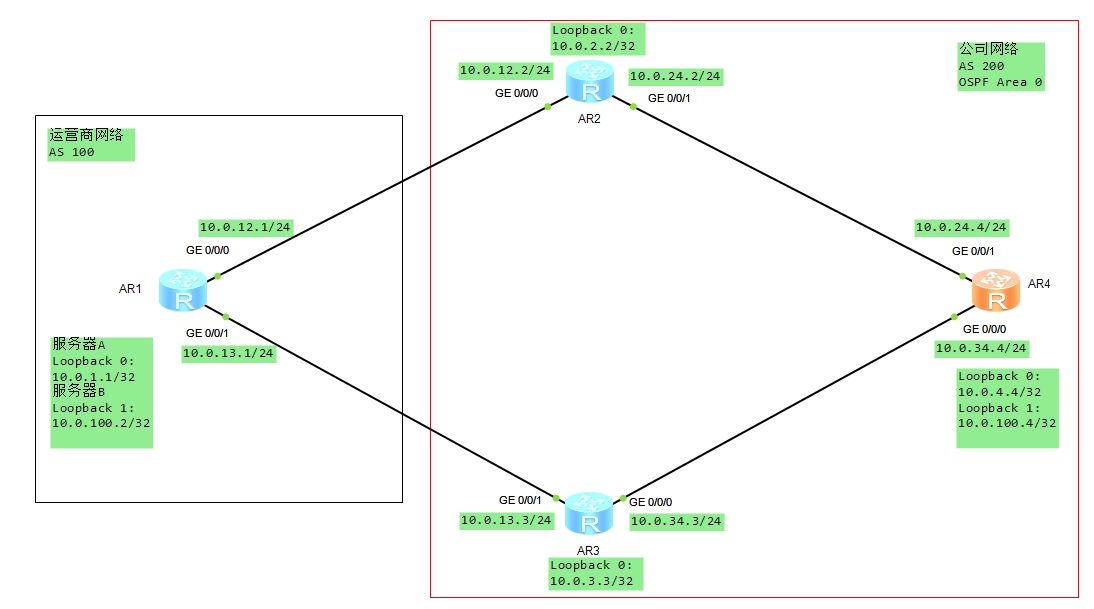

I. Hong Kong: The Unique Advantage of the Asia-Pacific Digital Hub
1.1 Global leadership in network infrastructure
According to TeleGeography's 2024 Global Bandwidth Report, Hong Kong is the world's largest city by48.6 TbpsIts international export bandwidth ranks first in Asia, far ahead of Singapore (32.1Tbps) and Tokyo (28.7Tbps). Its core strengths are reflected in:
- 17 direct submarine fibre optic cable connections: Trans-Pacific and Trans-Eurasian backbone routes including APG, AAE-1, SEA-ME-WE 5, etc.
- <3ms latency financial private network: HKEx HKEX data centre cluster providing nanosecond trading links (Source: Equinix HK1 data centre technology white paper)
- 99.982% Network Availability: Major IDC operators' average annual downtime below 1.5 hours, according to Hong Kong Telecommunications Authority's Infrastructure Report 2022
1.2 Analysis of the legal and regulatory environment
- Unique implementationcommon law legal systemof Chinese-speaking regions, data privacy protection in line with the GDPR (European Commission 2021 adequacy decision)
- Independent of mainland ChinaNetwork censorshipThere are no mandatory data localisation storage requirements or filing requirements.
- First in the Asia-Pacific region to passISO 27017 Cloud Security Certificationof the data centre cluster.
Second, high-defence server technology demystified: building a digital fortress
2.1 Evolution of DDoS Attack and Defence Technologies

According to the Arbor Networks 2024 Global Infrastructure Security Report:
- Attack Size Record: Maximum DDoS attack peaks at 3.47Tbps
- Distribution of attack types::
- Volume-based attacks (UDP Flood) accounted for 58%
- Protocol attacks (SYN Flood) account for 27%
- Application layer attacks accounted for 151 TP3T
Hong Kong High Defence Solution Core Technology::
- Intelligent Flow Fingerprint Recognition: Dynamic behavioural analysis algorithm based on the Cisco Guard platform
- Distributed Cleaning Centre: 8 Tier IV cleansing nodes deployed in Hong Kong by PCCW Global
- Elastic bandwidth pool: Instantly scalable to 5Tbps defence capability (data reference:HKColo Official Website Technical Specifications)
2.2 Physical security and redundancy design
- Biometric access system: Equinix HK3 data centre with palm vein + iris two-factor authentication
- N+2 power supply architecture: Hong Kong Electric Company (HK Electric) dual circuit mains + diesel generator + flywheel UPS
- Military grade earthquake resistant structures: Adoption of Kashima Construction's seismic-free technology, with a seismic-resistant grade of 7 (Japan Institute of Building certification standard)
III. International Route Acceleration: Network Optimisation for Breaking Geographical Boundaries
3.1 Engineering Practices for BGP Intelligent Routing

Comparison of Top 3 BGP service providers in the world:
| service provider | Number of routing table entries | peer-to-peer node | Typical Optimisation Scenarios |
|---|---|---|---|
| Cogent | 890,000+ | 2,800+ ASN | European and American backbone acceleration |
| NTT | 1,020,000+ | 3,500+ ASN | Asia-Pacific-Americas round-the-clock optimisation |
| Telia | 760,000+ | 2,200+ ASN | Low latency Euro-Asian land cables |
The Unique Value of the Hong Kong Node::
- Mainland China access latency <50ms (via CN2 line penetration)
- Southeast Asia average latency 22ms (Measured by ThousandEyes 2023 APAC Network Performance Report)
- Euro-American reverse acceleration achieves 137ms trans-Pacific latency over TPE submarine cables
3.2 Examples of private transport protocol innovations
- AWS Global Accelerator: Hong Kong node adopts SRv6 protocol with 401 TP3T TCP throughput increase (AWS re:Invent 2022 technical white paper)
- Google Cloud Interconnect: MPLS-based dedicated channel achieving 98.71 TP3T packet loss improvement (Source: Google Network Architecture document)
- IBM Cloud Satellite: L3VPN overlay with QUIC protocol reduces videoconferencing latency to 67ms (IBM 2023 Hybrid Cloud Network Benchmarking)
Fourth, the depth of enterprise-level application scenarios
4.1 Practical cases of financial trading system
Hong Kong deployment structure of a US hedge fund::
- network topology: Equinix HK4 Data Centre × London LD8 × New York NY5 Triangle Architecture
- Delayed indicators::
- Hong Kong → Tokyo: 28ms
- Hong Kong → Singapore: 35ms
- Hong Kong → Frankfurt: 123ms
4.2 Global Game Distribution Technology Programme
Technology stack of a Japanese handheld game maker::
- defensive layer: Cloudflare Magic Transit Cleans 180Gbps of Attack Traffic
- accelerator layer: Akamai Prolexic + Linode Hong Kong Edge Node
- Cost optimisation: Achieved average daily 50TB update packet distribution with IBM Aspera, reducing bandwidth costs by 62%
V. Key technical indicators for service provider selection
5.1 Defence Capability Verification Checklist
- Cleaning centre locations: Preference for facilities directly connected to HKIX (e.g. server room where HKIX core switch is located)
- Black Hole Routing Response Time: Requirements < 30 seconds to trigger (reference standard: MITRE D3FEND framework)
- Hybrid defence solutions: Must support Cloudflare Spectrum linked to local hardware firewalls
5.2 Line Quality Assessment System
- Network benchmarking tools::
- PerfOps CLI (test BGP convergence speed)
- Cedexis Radar (real-time monitoring of transnational transmission quality)
- Key Performance Indicators::
- Transcontinental TCP retransmission rate <0.5%
- Routing hops (Hops) not to exceed 6 hops
- Peak hour bandwidth utilisation <65%

